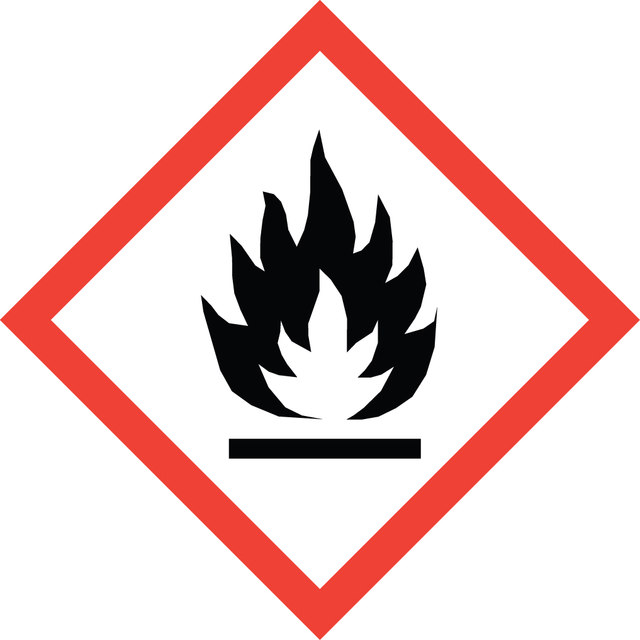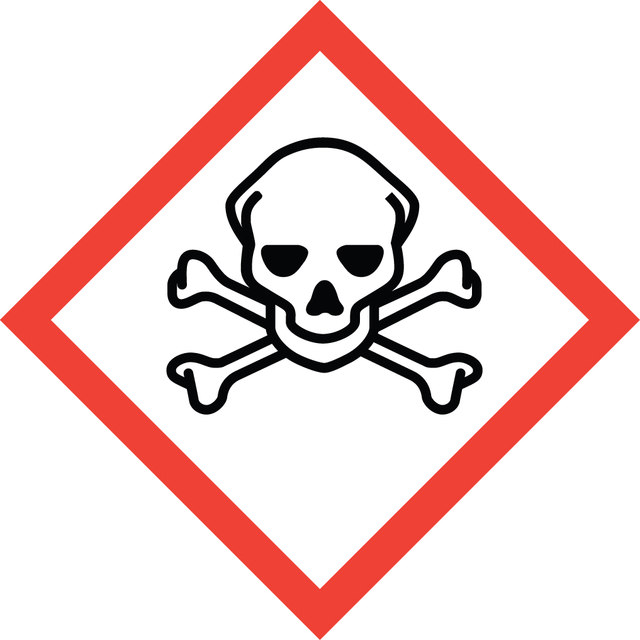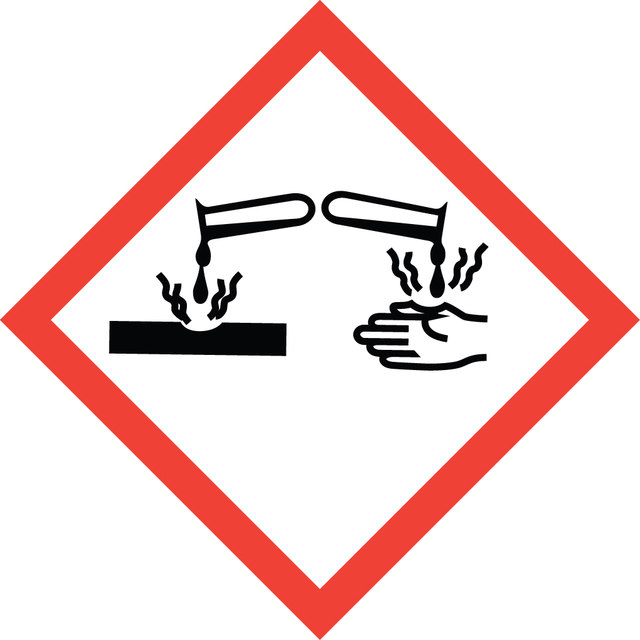Sign Into View Organizational & Contract Pricing
About This Item
Linear Formula:
(CH3)2NCH2CH2N(CH3)2
CAS Number:
Molecular Weight:
116.20
Beilstein:
1732991
EC Number:
MDL number:
UNSPSC Code:
12352100
PubChem Substance ID:
NACRES:
NA.22
Quality Level
Assay
≥99.5%
form
liquid
purified by
redistillation
expl. lim.
9.08 %
refractive index
n20/D 1.4179 (lit.)
bp
120-122 °C (lit.)
mp
−55 °C (lit.)
density
0.775 g/mL at 20 °C (lit.)
functional group
amine
SMILES string
CN(C)CCN(C)C
InChI
1S/C6H16N2/c1-7(2)5-6-8(3)4/h5-6H2,1-4H3
InChI key
KWYHDKDOAIKMQN-UHFFFAOYSA-N
Looking for similar products? Visit Product Comparison Guide
Related Categories
General description
N,N,N′,N′-Tetramethylethylenediamine (TMEDA) is a bidentate tertiary amine. It is a Lewis base having good solvating properties. It is useful ligand for organolithium chemistry. Ultrafast molecular structural dynamics of the charge transfer in N,N,N′,N′-tetramethylethylenediamine has been studied by Rydberg fingerprint spectroscopy.
Application
- Hydrogenolysis of Cationic Half-Sandwich Zinc Complexes Containing a Chelating Amine: Facile Cleavage of Zinc-Carbon Bond by Dihydrogen To Give Zinc Hydride Cations.: This research explores the hydrogenolysis of cationic zinc complexes facilitated by N,N,N′,N′-Tetramethylethylenediamine (TMEDA), emphasizing the cleavage of zinc-carbon bonds, contributing significantly to catalyst development and organic synthesis (Mahawar et al., 2024, DOI: 10.1002/chem.202401262).
- Electrophoresis.: This study highlights the use of TMEDA in electrophoresis applications, enhancing the resolution and efficiency of protein and nucleic acid separations, vital for biochemical research (Sonagra & Dholariya, 2024, PubMed ID: 36251838).
- Dihydrogen Cleavage by a Zinc-Zinc Bond of a Heteroleptic Dizinc(I) Cation.: TMEDA is utilized in the activation of zinc-zinc bonds for hydrogen cleavage, demonstrating its importance in inorganic chemistry and catalyst development (Mahawar et al., 2024, DOI: 10.1021/acs.inorgchem.4c01116).
- Nontoxic Initiator Alternatives to TEMED for Redox Hydrogel Polymerization.: The study investigates safer alternatives to TMEDA for hydrogel polymerization, essential for biomedical applications and polymer chemistry (Pumford et al., 2024, DOI: 10.1021/acsabm.3c01264).
- Photoinduced Alkylsulfonylation and Cyanoalkylsulfonylation of Morita-Baylis-Hillman Adducts via Multicomponent Insertion of Sulfur Dioxide.: This paper discusses the role of TMEDA in facilitating multicomponent reactions for organic synthesis, crucial for developing new synthetic methodologies (Song et al., 2024, DOI: 10.1021/acs.joc.4c00052).
Signal Word
Danger
Hazard Statements
Precautionary Statements
Hazard Classifications
Acute Tox. 3 Inhalation - Acute Tox. 4 Oral - Eye Dam. 1 - Flam. Liq. 2 - Skin Corr. 1B
Storage Class Code
3 - Flammable liquids
WGK
WGK 1
Flash Point(F)
61.7 °F - closed cup
Flash Point(C)
16.5 °C - closed cup
Personal Protective Equipment
dust mask type N95 (US), Eyeshields, Gloves
Choose from one of the most recent versions:
Already Own This Product?
Find documentation for the products that you have recently purchased in the Document Library.
Our team of scientists has experience in all areas of research including Life Science, Material Science, Chemical Synthesis, Chromatography, Analytical and many others.
Contact Technical Service

